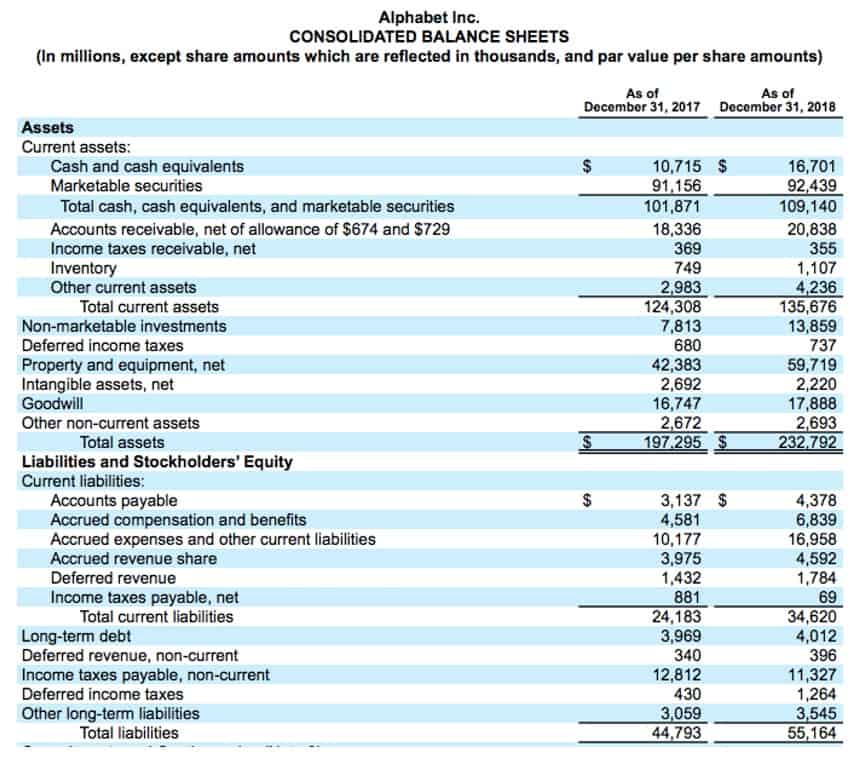
Positive retained earnings are a good sign, while long-term negative figures indicate financial trouble. Retained earnings refer to the money that’s left over after a company uses its net income to pay shareholders. Retained earnings can also be thought of as the cash reserved for reinvestment in business growth. A company’s equity refers to its total value in the hands of founders, owners, stakeholders, and partners. Retained earnings reflect the company’s net income (or loss) after the subtraction of dividends paid to investors. Also, keep in mind that the equation you use to get shareholders’ equity is the same you use to get your working capital.
Revenue vs. net profit vs. retained earnings

When a company consistently retains part of its earnings and demonstrates a history of profitability, it’s a good indicator of financial health and growth potential. This can make a business more appealing to investors who are seeking long-term value and a return on their investment. When a company pays dividends to its shareholders, it reduces its retained earnings by the amount of dividends paid. They are a measure of a company’s financial health and they can promote stability and growth.
Retained Earnings in Accounting and What They Can Tell You

Retained earnings is the amount of net income left over for the business after it has paid out dividends to its shareholders. A business generates earnings that can be positive (profits) or negative (losses). Movements in a company’s equity balances negative retained earnings meaning are shown in a company’s statement of changes in equity, which is a supplementary statement that publicly traded companies are required to show. Both the beginning and ending retained earnings would be visible on the company’s balance sheet.

Want More Helpful Articles About Running a Business?
In financial modeling, it’s necessary to have a separate schedule for modeling retained earnings. The schedule uses a corkscrew-type calculation, where the current period opening balance is equal to the prior period closing balance. In between the opening and closing balances, the current period net income/loss is added and any dividends are deducted. This helps complete the process of linking the 3 financial statements in Excel. Both revenue and retained earnings are important in evaluating a company’s financial health, but they highlight different aspects of the financial picture.
How Dividends Impact Retained Earnings
Economic, industry, and market conditions can change, impacting a company’s performance. Consider other factors, such as market trends and competitive positioning, when making investment decisions. Relying solely on retained earnings to evaluate a company’s financial health can be misleading. Other financial metrics, such as liquidity ratios, debt levels, and profitability margins, should also be considered in conjunction with retained earnings for a comprehensive analysis.

Create a Free Account and Ask Any Financial Question
There can be cases where a company may have a negative retained earnings balance. This is the case where the company has incurred more net losses than profits to date or has paid out more dividends than what it had in the retained earnings account. This figure can enter the red when accumulated net losses and dividends payouts exceed your previous profits.
What are retained earnings on a balance sheet?
- Negative retained earnings can be a concerning issue for any company, as they indicate that it has consistently reported net losses over time.
- Net income is the amount of money a company has after subtracting revenue costs.
- However, note that the above calculation is indicative of the value created with respect to the use of retained earnings only, and it does not indicate the overall value created by the company.
- Negative retained earnings can also limit a company’s ability to pay dividends to shareholders or make investments in the business.
- Since stock dividends are dividends given in the form of shares in place of cash, these lead to an increased number of shares outstanding for the company.
- When a company loses money or pays dividends, it also loses its retained earnings.
- Retained earnings appear under the shareholder’s equity section on the liability side of the balance sheet.
- Additional paid-in capital does not directly boost retained earnings but can lead to higher RE in the long term.
- The potential implications of a negative retained earnings balance depend on the severity and duration of the losses.
- This can concern investors and creditors, as it may indicate that the company is in financial distress.
- And, retaining profits would result in higher returns as compared to dividend payouts.
- Thus, a company with a single product that is in Phase III trials as a diabetes treatment will be compared with other similar companies to get an idea of its valuation.